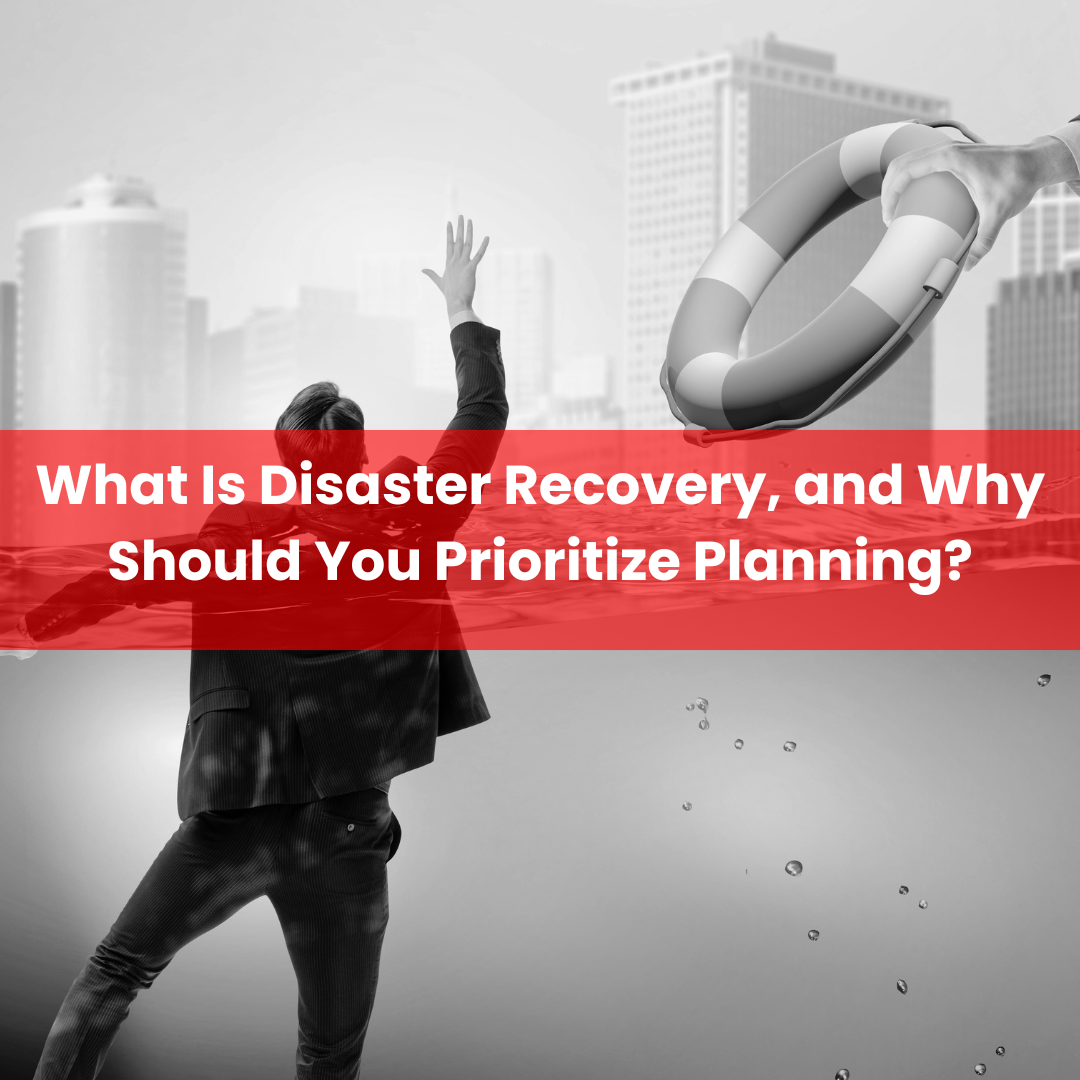What Is Disaster Recovery?
Disaster recovery is a crucial element of business continuity, often confused with the broader concept of business continuity itself. While both terms are closely related and complement each other, they serve distinct functions. Disaster recovery focuses specifically on the restoration and maintenance of an organization's IT systems and services following a catastrophic event, ensuring that operations can continue with minimal disruption.
Why Is It Important to Have a Disaster Recovery Plan?
In today’s fast-paced business environment, companies are increasingly intolerant of downtime, as it can lead to substantial financial losses or even threaten the survival of the business. This growing need for continuous operation has driven organizations to invest heavily in disaster recovery to ensure they can withstand and recover from unexpected disruptions.
Gartner reports that 70% of organizations that face 96 hours of downtime do not fully recover. This stark statistic highlights the critical need for a robust disaster recovery plan. A well-crafted plan ensures that your company’s infrastructure, including applications and data, remains accessible even in the face of a disaster. Additionally, having a disaster recovery plan can enhance your business's credibility by guaranteeing service continuity to your customers, providing you with a competitive edge.
“80% of companies that experience a major disaster without a contingency plan go into liquidation within 18 months,” according to SDN Communications. This underscores the urgent need for businesses to prioritize disaster recovery planning.
Do You Know That…?
At BCS, we specialize in helping organizations develop comprehensive disaster recovery solutions in Dubai. We offer tailored solutions for creating and implementing disaster recovery plans that cover all types of hosting services and internal infrastructure needs.
More About Disaster Recovery
Who Participates in a Disaster Recovery Plan?
Designing a disaster recovery plan typically involves the IT department, but it should also include input from various other departments within the company. The plan must be thoroughly tested to identify potential flaws before it is finalized. A critical component of the plan is forming a disaster response team and creating a contact list for rapid communication during a crisis.
It is essential that the disaster recovery plan is not only known to IT staff but also communicated to all relevant departments. This includes executives, managers, and human resources, ensuring everyone understands their role during a contingency. Additionally, it’s important to share information about the disaster recovery plan with external providers involved in tasks like software and data backup for effective coordination during a disaster.
How Does a Disaster Recovery Plan Work?
When a disaster strikes, the response team must quickly assess the situation to determine which hardware, software, data, or systems have been affected. Based on this assessment, they decide which phase of the recovery plan to execute. Once the emergency has passed, the plan’s execution should be reviewed to identify any vulnerabilities and strengths, allowing for necessary improvements.
Even in the absence of an immediate threat, the disaster recovery plan should be reviewed and updated regularly. Threats and business environments are constantly evolving, and a plan that is not frequently updated can quickly become obsolete.
Steps to Design a Disaster Recovery Plan
1. Develop a comprehensive diagram of your IT network and recovery site, including instructions for accessing and starting up the recovery site.
2. List all software hosted on your system, along with necessary license keys for restoration.
3. Outline clear objectives for recovery, summarizing the entire plan.
4. Create a detailed diagram of actions to follow during a disaster.
5. Define Recovery Point Objectives (RPO) and Recovery Time Objectives (RTO) to guide recovery efforts.
6. Evaluate insurance options to address potential financial and legal issues.
7. Maintain a list of priority contacts within the disaster recovery team for swift communication.
Tips for Designing a Disaster Recovery Plan
While there are numerous templates available online, it is crucial to customize any template to fit your company’s specific infrastructure needs. Here are some general tips for designing an effective disaster recovery plan:
- Tailor the Plan: Adapt templates to align with your organization’s unique requirements.
- Diagram IT Network: Include detailed diagrams of both the IT network and recovery site.
- Inventory and Documentation: Maintain an updated list of software, licenses, and essential recovery documentation.
- Define Clear Objectives: Establish and document Recovery Point Objectives (RPO) and Recovery Time Objectives (RTO).
- Insurance and Legal Considerations: Incorporate insurance coverage to mitigate financial and legal risks.
- Regular Updates: Continuously review and update the plan to reflect changes in technology and business processes.
- Seek Professional Assistance: Consider consulting with experts to ensure your disaster recovery plan is comprehensive and effective.
In conclusion, disaster recovery planning is a vital component of maintaining business resilience. By understanding its importance and following a structured approach to plan development, organizations can safeguard their operations and ensure continuity even in the face of unforeseen events.

